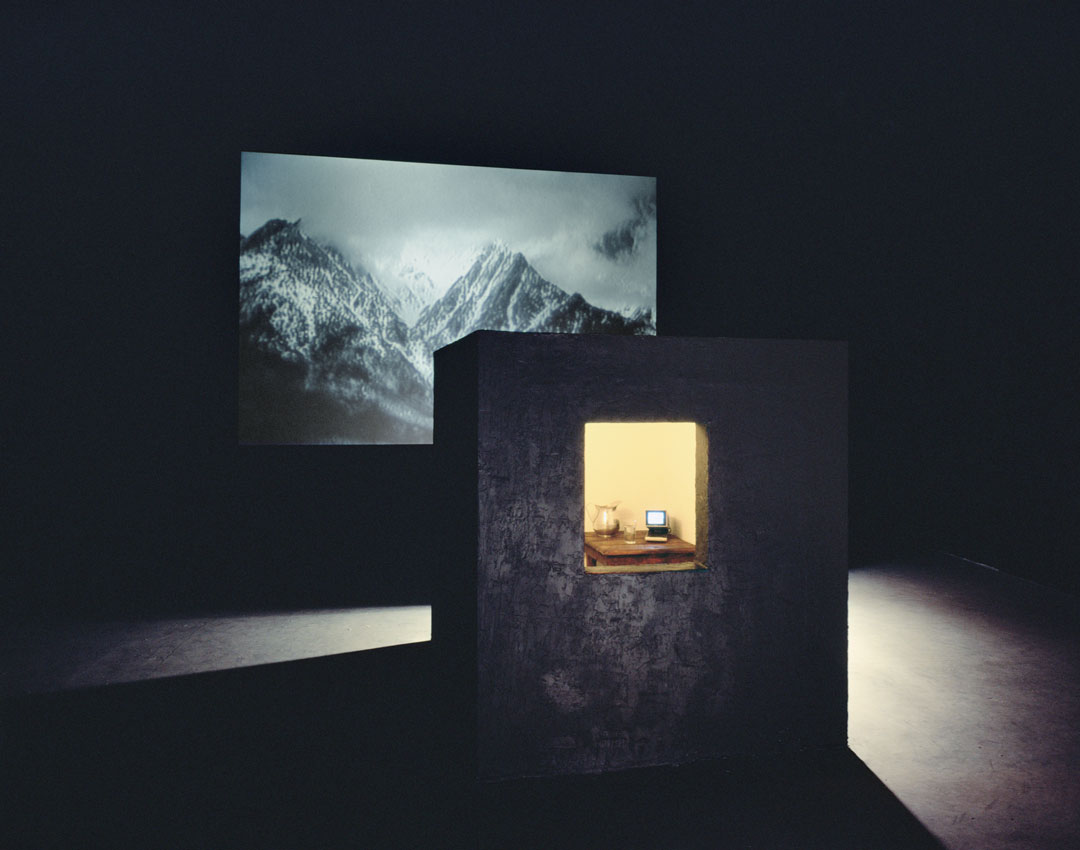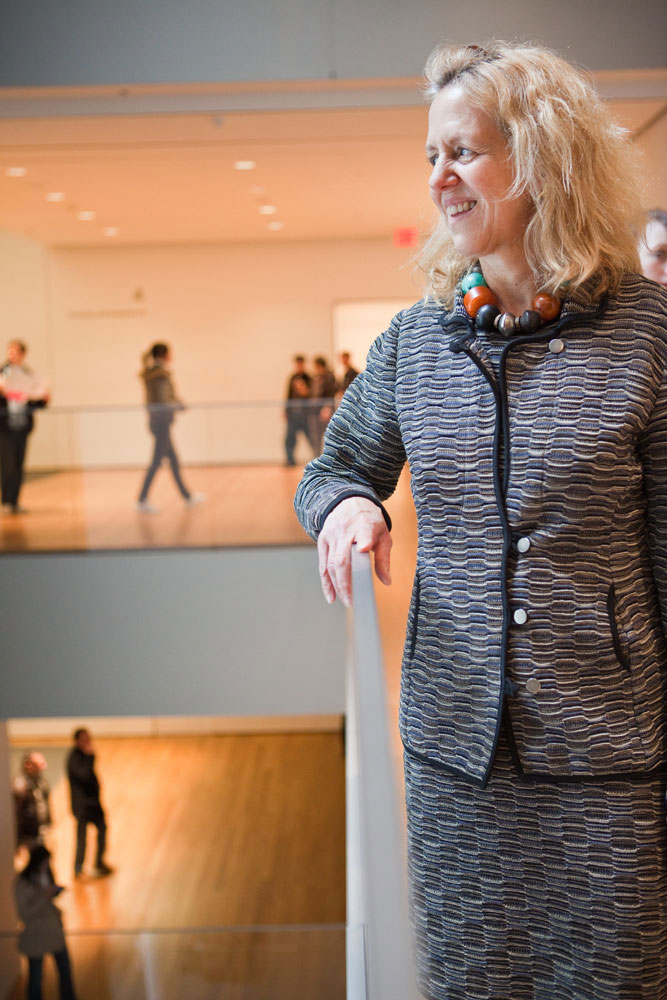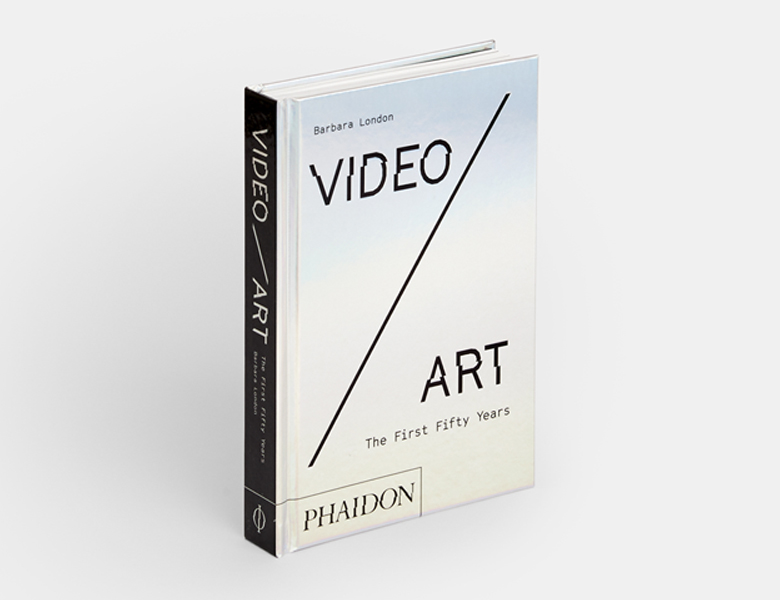
Bill Viola, the artist who linked martyrdom to the moving image
In Video/Art: The First Fifty Years, Barbara London recalls how this artist paired modern tech with ancient truths
In her new book, Barbara London, founding curator of the Museum of Modern Art’s video programme recounts a story the New York video artist Bill Viola once told her. It takes place in Flushing, Queens, Viola’s old neighbourhood, and the site of the 1964 World’s Fair.
“In 1964 Viola discovered a back door into the nearby World’s Fair and began sneaking in on the way home from school,” London writes in her book, Video/Art: The First Fifty Years. “For him, the majestic Italian Renaissance sculpture the Pietà by the great artist Michelangelo, loaned by the Vatican, played second fiddle to the pavilions in which high-tech corporations touted trailblazing hardware.
“In the pavilion of the Bell System (of telephone conglomerate AT&T), he experienced the Picturephone, which, prearranged, allowed him to talk to a friend at a special booth in Chicago, while seeing each other on a small video screen,” London goes on. “For the first time, the public came face-to-face with room-sized mainframe computers that chugged away, attended by keyboard operators at adjacent workstations. Previously, these mysterious space-age machines resided out of sight in corporate back areas, described in prophetic articles published by Newsweek and Time magazine.
“Viola believed the proclamations made by manufacturers through their upbeat promotional displays that a dazzling, technology-enhanced future was in store for everyone,” she argues. “His dream that consumer electronics would become available as art-making tools soon became a reality.”

Yet Viola didn’t wholly reject old things for new. In her book, London recalls first meeting the artist back in 1974, when Viola “effused about the spiritual dimensions he perceived in the religious frescoes of the late Middle Ages Florentine painter Giotto, which he’d seen for the first time in Padua, and about the mystical poetry of the thirteenth-century Persian Sufi Jalal al-Din Rumi, which he had just started to read.”
These antique, religious influences endured throughout Viola’s career, as he mastered a modern form to express ancient ideas. London notes how the artist admires the work of William Blake, and how “traditional Japan, with its pared-down simplicity and attention to craft,” appealed to Viola; in 1980 he became the first and only artist-in-residence at Sony Corporation's Atsugi Laboratories.
The artist’s interests and developments culminated in Room for St. John of the Cross, a 1983 installation based on the life of a 16th century Spanish Catholic mystic, poet and saint, which served as the centrepiece of Viola’s 1985 MoMA retrospective. The show was an important one for both London and Viola, as it was MoMA’s first solo exhibition to feature a video artist, London explains, and, what’s more, “it was held in the contemporary exhibition galleries instead of our usual video gallery.”
Both the artist and the museum rose to the occasion, London recalls. “MoMA carpenters built a black six-by-five-and-a-half-foot (1.8 x 1.7 m) cubicle that approximated the windowless prison cell in which St. John was confined for six months, a time when he was regularly tortured for his heretical religious beliefs and he composed his ecstatic poetry” she writes. “The cubicle had a window, a dirt floor, and a small table on which was placed a tiny monitor that bore the image of a beautiful mountain, flanked by a pitcher and glass of water, and a just-audible soundtrack of the saint’s poetry murmured in Spanish, heard upon poking one’s head through the window.

“The cubicle stood in the centre of a large, dark room with a grainy black-and-white projection of the Sierra Nevada, shot with a camera held out of a moving car’s open window and accompanied by the loud amplified sound of wind rustling by the camera microphone.”
It took a lot of modern technology to evoke this old tale of pain and faith, yet in Viola’s hands the two synchronized beautifully. “Viola came into his own with Room for St. John of the Cross,” writes London. “He had used video, sound, and simple props to create an allegory about solitude and anguish as sources of strength. Unlike the always-changing external world, the rich, internal realm is always there, in fact becoming more accessible—Viola still believes—with curtailed physical activity and heightened concentration. In researching the show, he explained his goal to me: “I want to introduce an ‘I’ more extreme than in literature, a solitary position rather than a social discourse.”
In doing so, he showed how video art could approach and perhaps even express subjects with all the fervour and grace of the Renaissance. To see more of his work and to understand how he fits into the foundation of this innovative medium, order a copy of Video/Art: The First Fifty Years.